This review was written right after the concert that was recorded for “Live In Detroit” on the night of May 8, 1970.
By Ray Bennett | The Windsor Star | May 9 1970
DETROIT: The Doors exploded in Cobo Hall Friday night. Big bad Jim Morrison led his men to a hard rock eruption that shattered the night with more than two hours of blue rock fury.
First there was the Blues Image, then came John Sebastian. Late of the Lovin’ Spoonful and still picking and singing beautiful gems like Daydream, She’s a Lady and Younger Girl, Sebastian had bad technical troubles at Cobo.
With only his nimble guitar-playing fingers for accompaniment the lad was fouled up with feed-back troubles with his microphones and a faulty strobe light that flashed maddeningly every few seconds during the majority of his performance. But the near-capacity crowd was with him all the way and yelled for his return when his performance was over.
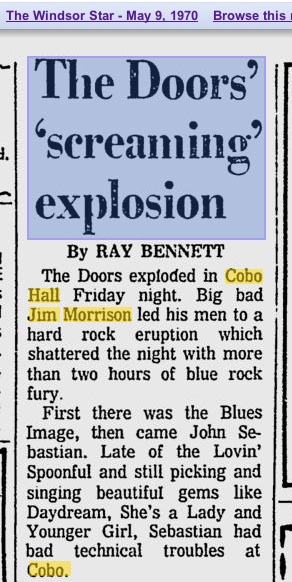 Intermission time. Lights were subdued. Morrison strolled insouciantly on stage in a multi-colored jacket and smoking a cigarette. The lights went down. The men began to play – organ, drums, one guitar. Still smoking and taking occasional sips from a bottle of beer, Morrison began to sing.
Intermission time. Lights were subdued. Morrison strolled insouciantly on stage in a multi-colored jacket and smoking a cigarette. The lights went down. The men began to play – organ, drums, one guitar. Still smoking and taking occasional sips from a bottle of beer, Morrison began to sing.
It was heavy stuff and if you didn’t know the songs you wouldn’t recognize them but that mattered less. No talk. One song runs into the next with Morrison – his jacket off and his stomach beginning to bulge a little over his belt these days – unsmiling and almost treating his adoring audience with disdain.
The audience was his. Completely. To those of us not hard-core Doors fans the reason for this at first was not clear. The music was loud and heavy with Morrison standing stiffly clutching the microphone screaming into its amplified recesses.
For almost an hour it went on like that. Pounding, driving, roaring sound that battered your ears and left your head spinning. The noise gains a monotony. But then the monotony settles into you.
You begin to wonder where it can go. Then you feel the monotony dissolve into something almost tangible. There are rhythm patterns and drifts and waves amid the compulsive sound. The band is really into it and getting tighter by the minute. Morrison is screaming.
Looking around you see other kids screaming back and suddenly you know what’s going on. You know what Morrison and the Doors are doing.
The loudest sound in the world, they say, is the human scream. Morrison is the human scream. The crashing repetitive music sets you up and dumps you right in the middle of a memory of when you last wanted to scream. For whatever reason – frustration, grief, anger, joy. But you didn’t scream, you held it in. Now there’s Morrison screaming at you, the music is pounding within you. You want to scream, and scream.
That’s how it is.
Friday night, Morrison showed the way and the audience at Cobo screamed their heads off. At what looked like the end of his set people were standing on their chairs yelling for more.
“We’re not going to let them throw us out, are we?” demanded Morrison. The crowd roared a defiant no. The organ intro to Light My Fire began and the kids on the main floor of the arena surged forward spontaneously. They never played Light My Fire better.
The Doors did another number then Morrison called for John Sebastian to join them. That’s when Morrison dropped his bombshell. Tension in the pace was almost tactile. The sense of defiance that Morrison personifies was rampant.
Then the lead Doorman let everyone in on the secret that the show was being recorded for possible release as an in-concert record album Live in Detroit. Flattered, the kids roared their approval.
The final song was This is the End. Kneeling down Morrison put the microphone between his legs, drew it up slowly to his face and let rip the most incredible gut-tearing scream of his career.
Exhausted he fell off the stage into the crowd of bra-less girls who grabbed him ecstatically. Stewards rushed to haul him back and the show was over.

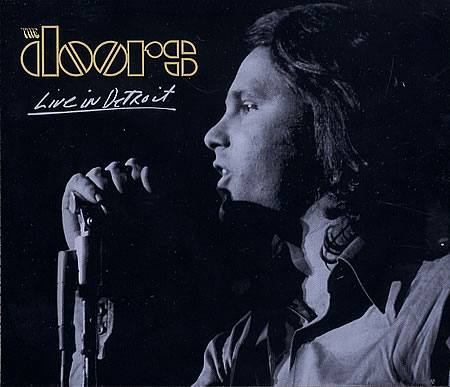
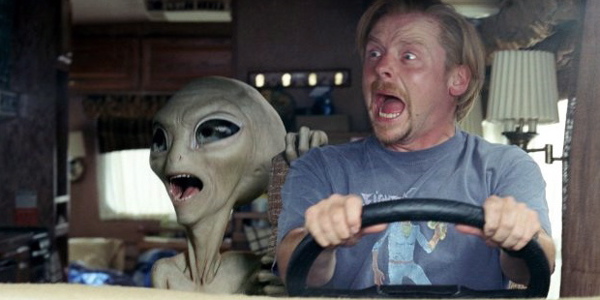
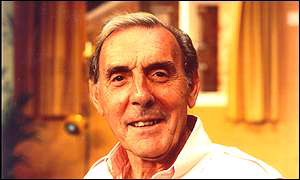
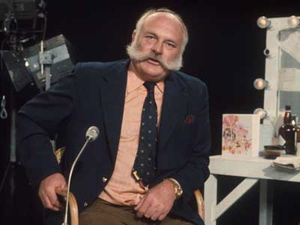
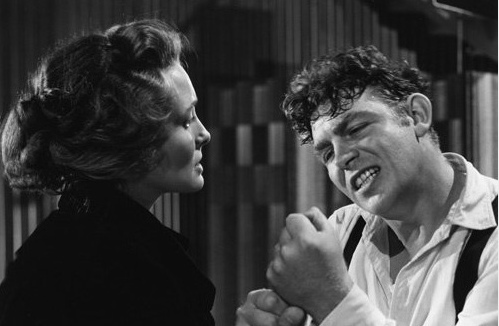
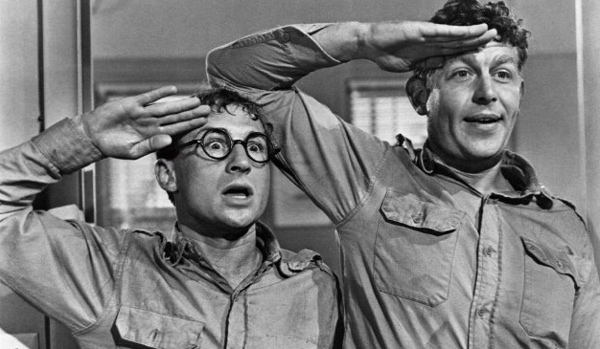
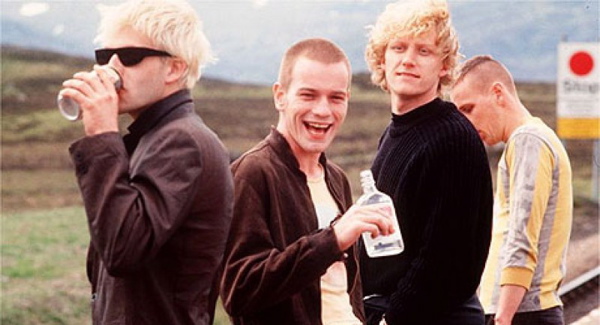
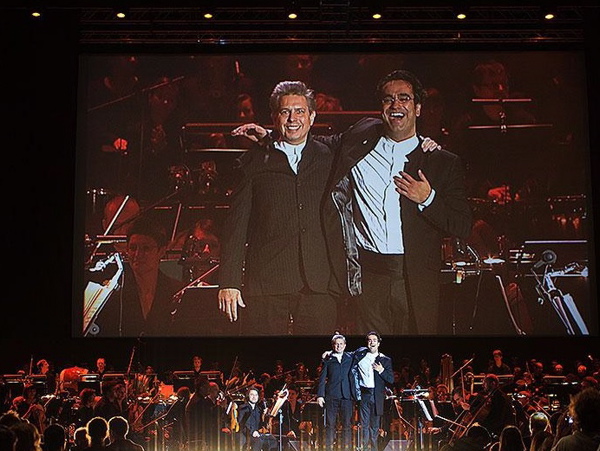
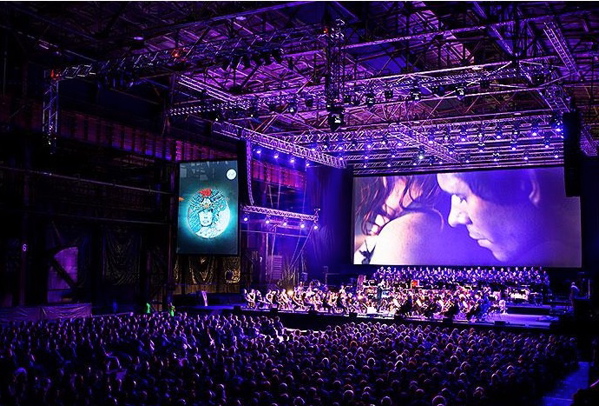
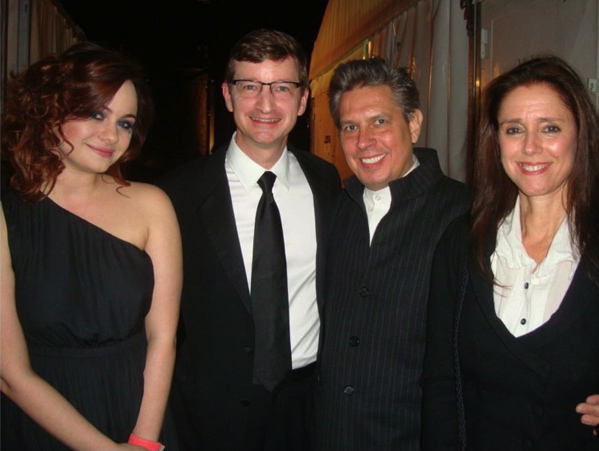

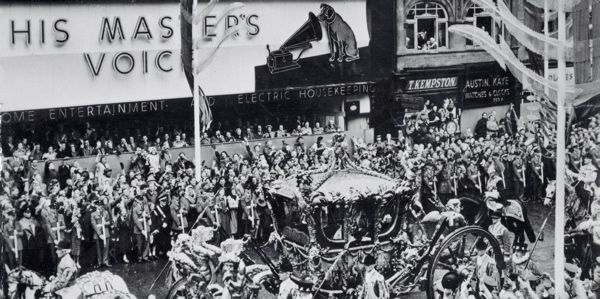
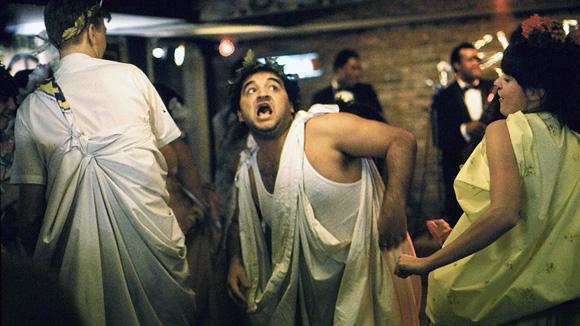
Lancaster, Curtis and La Lollo fly high in ‘Trapeze’
LONDON – One year before Burt Lancaster and Tony Curtis made cynical music together in Alexander Mackendrick’s “Sweet Smell of Success”, they spent some time flying through the air for Carol Reed in “Trapeze”.
The 1956 circus picture is released on DVD in the UK on July 30 by distributor Second Sight and while it’s not as good as their Broadway picture, it has great atmosphere with scenes that show the promise of what Mackendrick was able to draw from the two actors. It was a big hit when it was released originally.
A former circus athlete and still remarkably fit in his mid-40s, Lancaster famously did his own stunts in the picture as veteran trapeze artist Mike Ribble who shows cocky youngster Tino Orsini (Curtis) how to do a triple somersault in mid-air. As the flyer, Curtis had a stuntman (including consultant Eddie Ward from Ringling Brothers) but Reed makes it all seamless.
It’s a fairly hackneyed love triangle but the action is terrific and it’s fun to see Lancaster and Curtis tangle albeit without the kind of biting dialogue they would get the following year from playwright Clifford Odets (“Golden Boy”, “The Big Knife”) and Ernest Lehman (“North by Northwest”).
It’s easy to see why La Lollo made such an impact although she lacks the knock ’em dead looks of Sophia Loren or the stunning beauty and sublime comic timing of Claudia Cardinale. Also, costume designer Veniero Colasanti (“El Cid”), following the Hollywood style of the day, constricts her in stiff outfits that lack any natural femininity.
Katy Jurado gives a typically smouldering turn as Lancaster’s ex-lover, Thomas Gomez is the breezy circus owner and Sid James strolls about to no obvious purpose with a snake draped over his shoulders.
Composer Malcolm Arnold had a very good range and won the Oscar for “The Bridge On the River Kwai” (1957) but he has a thankless task in “Trapeze” as so much of the action is on the high fliers with the traditionally clunky and repetitious circus music.
The film is based on a novel titled “The Killing Frost” by British writer Max Catto, who had a great many of his titles adapted for motion pictures. It’s a surprisingly rich seam of work that includes “A Hill in Korea” (1956) with Stanley Baker, Stephen Boyd and Robert Shaw; Robert Parrish’s “Fire Down Below” (1957) with Robert Mitchum, Rita Hayworth and Jack Lemmon; Lewis Gilbert’s “Ferry to Hong Kong” (1959) with Curt Jurgens, Orson Welles and Sylvia Syms; Henry Hathaway’s “Seven Thieves” (1960) with Rod Steiger, Edward G. Robinson, Eli Wallach and Joan Collins; Mervyn LeRoy’s “The Devil at 4 O’Clock” (1961) with Spencer Tracy and Frank Sinatra, Ronald Neame’s “Mister Moses” (1965) with Robert Mitchum and Carroll Baker, and Peter Yates’ “Murphy’s War” (1971) with Peter O’Toole.
I saw all of them when they were first released and they are well worth a look for one reason or another. Second Sight has a very good catalogue of interesting films on Blu-ray including Hal Ashby’s “8 Million Ways to Die”, written by Oliver Stone and starring Jeff Bridges, Rosanna Arquette and Andy Garcia. After “Trapeze”, perhaps they will consider the other Catto films.